
Swiss sweetheart generates tourism cash
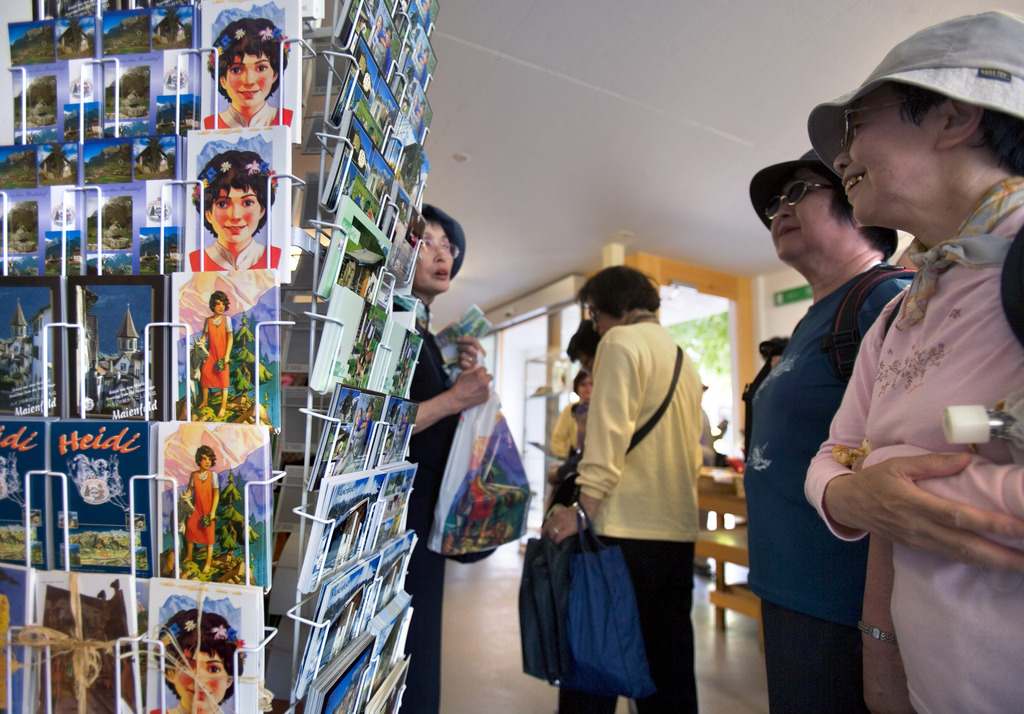
If you want to find Heidi the obvious place to look is Heidiland – it’s not an amusement park, but a real place in eastern Switzerland complete with snow-capped mountains, quaint villages and herds of goats.
But the area that inspired Swiss author Johanna Spyri to write the classic children’s story had to negotiate with St Moritz for the rights, even though the exclusive resort had no legitimate claim to the famous character.
“A kid was born just an hour ago! You can’t see him now, but he’s behind that shed,” says the woman working the till of the souvenir shop. Her excitement seems genuine even though she must have seen dozens of newborn goats by now.
The cloven-hoofed creatures are a fixture at “Heidi Village” in Maienfeld, canton Graubünden. To call it a village is an exaggeration; we’re talking three buildings for people and a few humbler structures for the animals. Yet about 60,000 visitors come each year, showing that Heidi – or Heidiland as the case may be – is a drawing card.
The main site is the Heidi House – a three-storey building full of antique items that Heidi and her grandfather might have used.
“In fact this is probably much nicer than what Spyri was describing,” admits museum guide Regula Rechsteiner, pointing out the stone masonry in the cellar. But when the building became available for the project, the local community was eager to have it as a tourist attraction.
The other building is a museum devoted to Spyri, whose first Heidi novel was published in 1880; the sequel followed in 1881. She came up with the idea while visiting a friend in the area. According to Rechsteiner, Spyri’s heroine was based on a sweet little girl who lived nearby.
Heidiland
Surprising fact: The birthplace of the Heidiland brand is nowhere near Maienfeld. The concept was the brainchild of Hans Peter Danuser, who at the time was on the St Moritz tourism board and looking for a way to attract visitors in summer – even though St Moritz is located in the Engadine valley more than 100 kilometres from Maienfeld.
“I needed an image that the Asians would know,” Danuser told swissinfo.ch. He was also inspired by the fact that Swiss television had been filming a Heidi series in St Moritz in 1979.
The marketing strategy was a hit with guests from Asia, but irritated people in Switzerland – who felt that humble Heidi had nothing to do with glamorous St Moritz.
“What’s interesting about Heidiland is that the connection is the author, Johanna Spyri, as opposed to a product – like western Switzerland’s Watch Valley, where there’s a real connection throughout the region,” notes Monika Bandi of Bern University’s research institute for leisure and tourism.
As she told swissinfo.ch: “In Heidiland this connection is somewhat missing, and this sparked controversy at the beginning. The locals couldn’t identify with the brand.”
Danuser, who was the first person to register a geographical name as a trademark, also remembers getting flak for his concept.
“The region around Maienfeld was angry with me, but after 30 years it seems we have finally found an interest group to manage the Heidiland name, which has enormous potential,” Danuser said.
Representatives of Heidiland and Heidi Village, as well as the Grüsch-Danusa mountain railways, have met informally to exchange ideas. There are even plans to develop a Heidi-themed amusement park that would combine fun park rides and a nature attractions.
Sticking together
The office responsible for marketing Heidiland is in Bad Ragaz in canton St Gallen. It pays St Moritz for the right to use the name; the current licence runs until 2029 and will surely be extended, according to Björn Caviezel, CEO of Heidiland Tourism.
“It’s hard to measure the success of it, but since our launch in 2009, the destination’s image has gotten a boost thanks to better coordination in the region,” Caviezel told swissinfo.ch.
Scattered across 650 square kilometres, the 39 towns and villages of Heidiland are home to a variety of attractions such as castles, waterfalls, thermal baths and vineyards.
Caviezel said that 2010 was an especially good year, but that 2011 was “bad for everyone” in Switzerland. Hotel nights in Heidiland dropped seven per cent that year.
“A crisis can be good for learning to stick together, though. It brings out the ‘we’ effect,” pointed out Caviezel.
Bandi agrees that the concept seems to be working for the region: “At the beginning, maybe the locals had trouble identifying with the label. But today I would say it’s a success story and that this region has been able to profit from the brand.”
A cliché?
Caviezel admits that the concept could seem a bit laughable – or goat-cheesy – at first glance.
“It’s not that we’re the region of Heidi, but rather her values, which are still very current,” Caviezel says, citing concepts like honesty, purity, health, a love of nature and a down-to-earth mentality.
And while he knows that a visiting golfer hardly expects Heidi to cross his path, he says that Heidiland would like to capitalise on the Heidi character even more.
“We’re trying to do more to help people looking for Heidi to find her, but for this we’ll need partners with projects,” Caviezel said.
Back in the Heidi House, the little Swiss girl is represented by a life-sized doll sitting at the kitchen table with Peter, teaching him how to read.
It was a big hit with a couple from Saudi Arabia visiting on the same day as swissinfo.ch.
“When I was a child I saw a cartoon about her, so I wanted to visit this house. It’s even nicer than I expected. My favourite room was the one with Heidi and Peter at the table,” said the husband.
A brother and sister from Australia enjoyed the Heidi Village as well, having read the story as children.
“We’re on holiday in Zurich and when we found out that this was here, we didn’t feel we could go home without seeing it. I love it – it’s just beautiful. I bought a book for my granddaughter,” said the sister.
Her brother chimed in, “It’s gorgeous – it’s everything you’d picture a Swiss alpine village to be.”
Shortly before leaving, I find myself chatting with two teenage sisters from Texas. They don’t have much to say about Heidi, having never read the book or seen a film about her. But I have news for them.
I point to the shed and say: “A goat was born just two hours ago! You might be able to see him when you’re walking back to your tour bus.”
The Heidi House opened in 1998, followed by the Spyri Museum two years later. There is also the Heidi Alp farm and restaurant about a 90-minute walk uphill from the village. This is meant to represent where Heidi and her grandfather spent their summers tending the goats.
There are a number of products the bear the Heidi label, including a line of dairy products from the Migros supermarket chain. Cosmetics, including soap and perfume, are on offer at the souvenir shop in Heidi Village.

In compliance with the JTI standards
More: SWI swissinfo.ch certified by the Journalism Trust Initiative











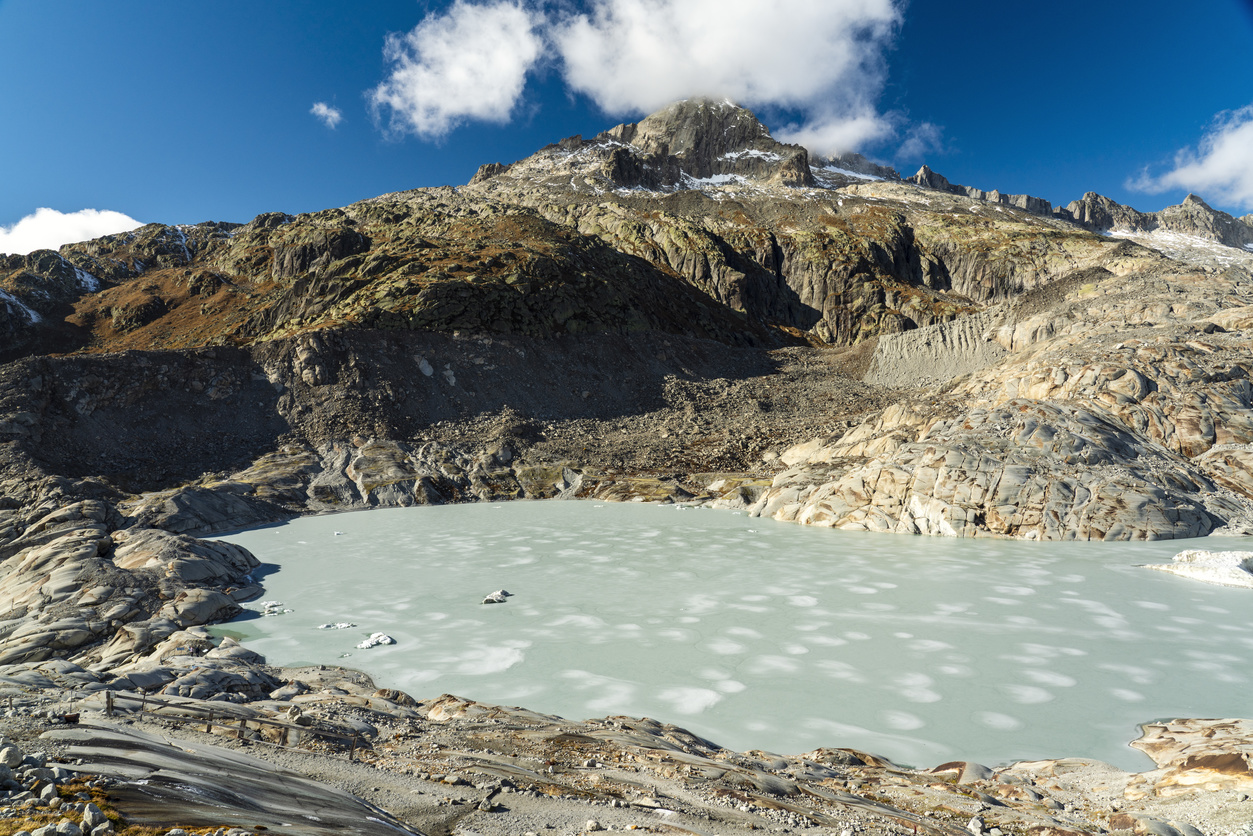


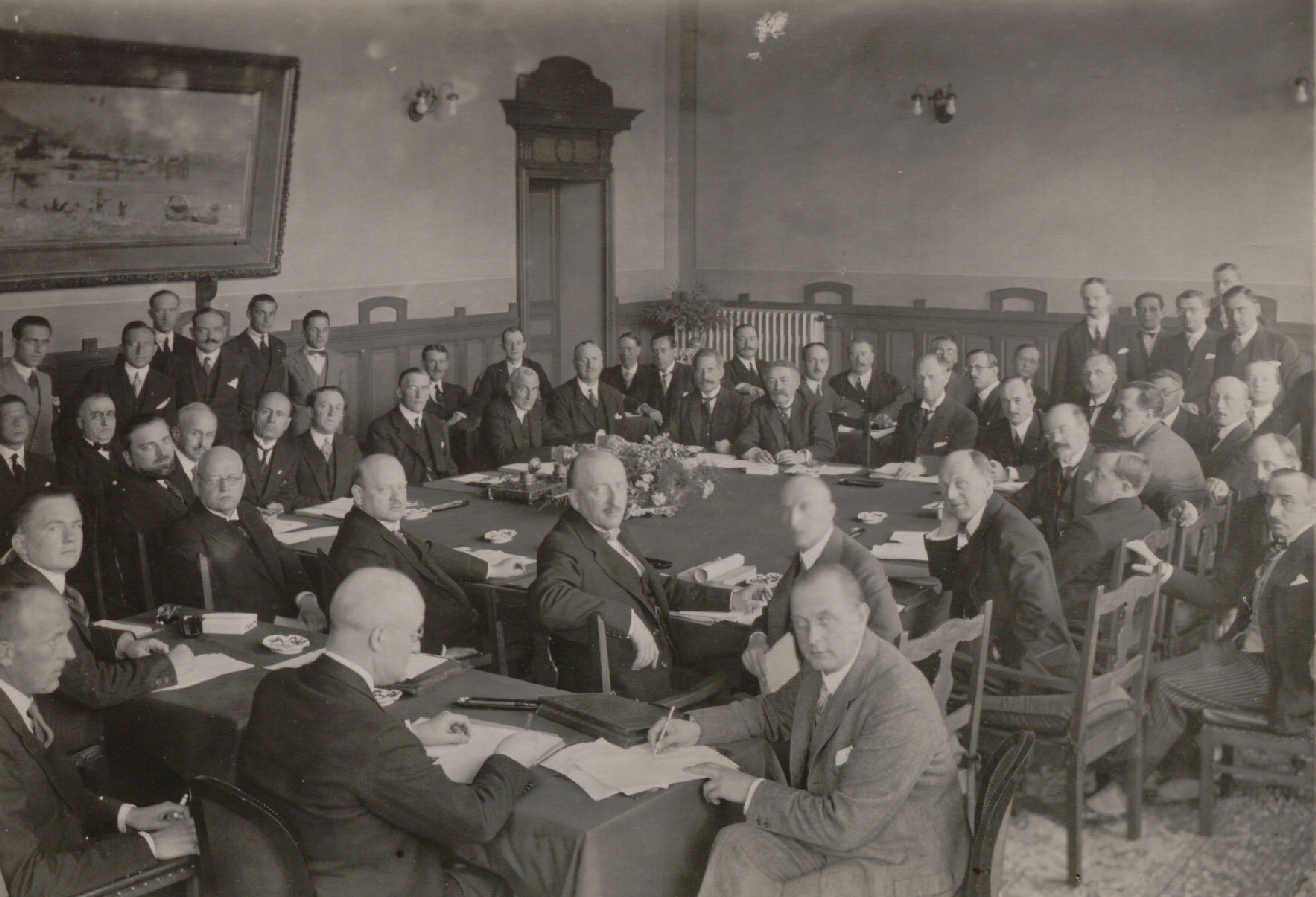

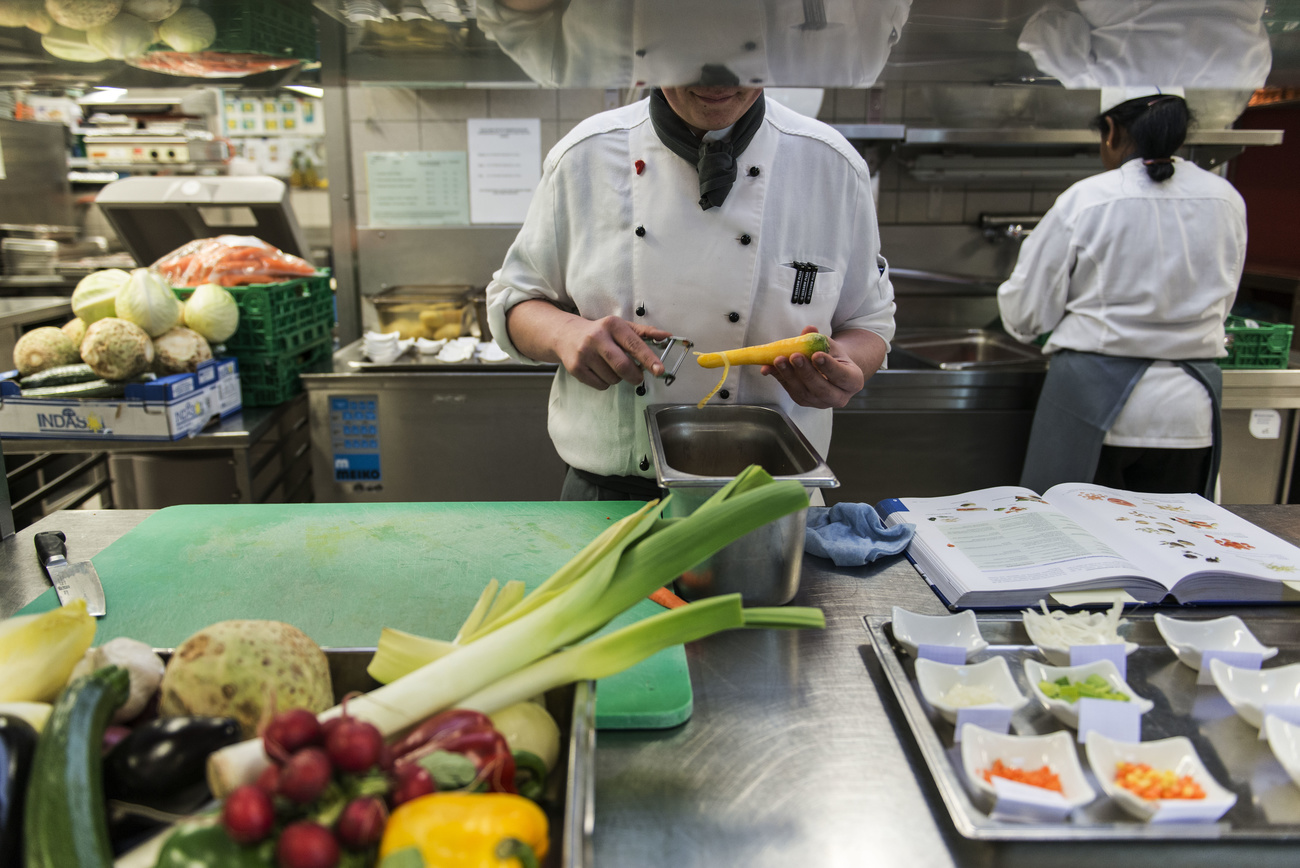



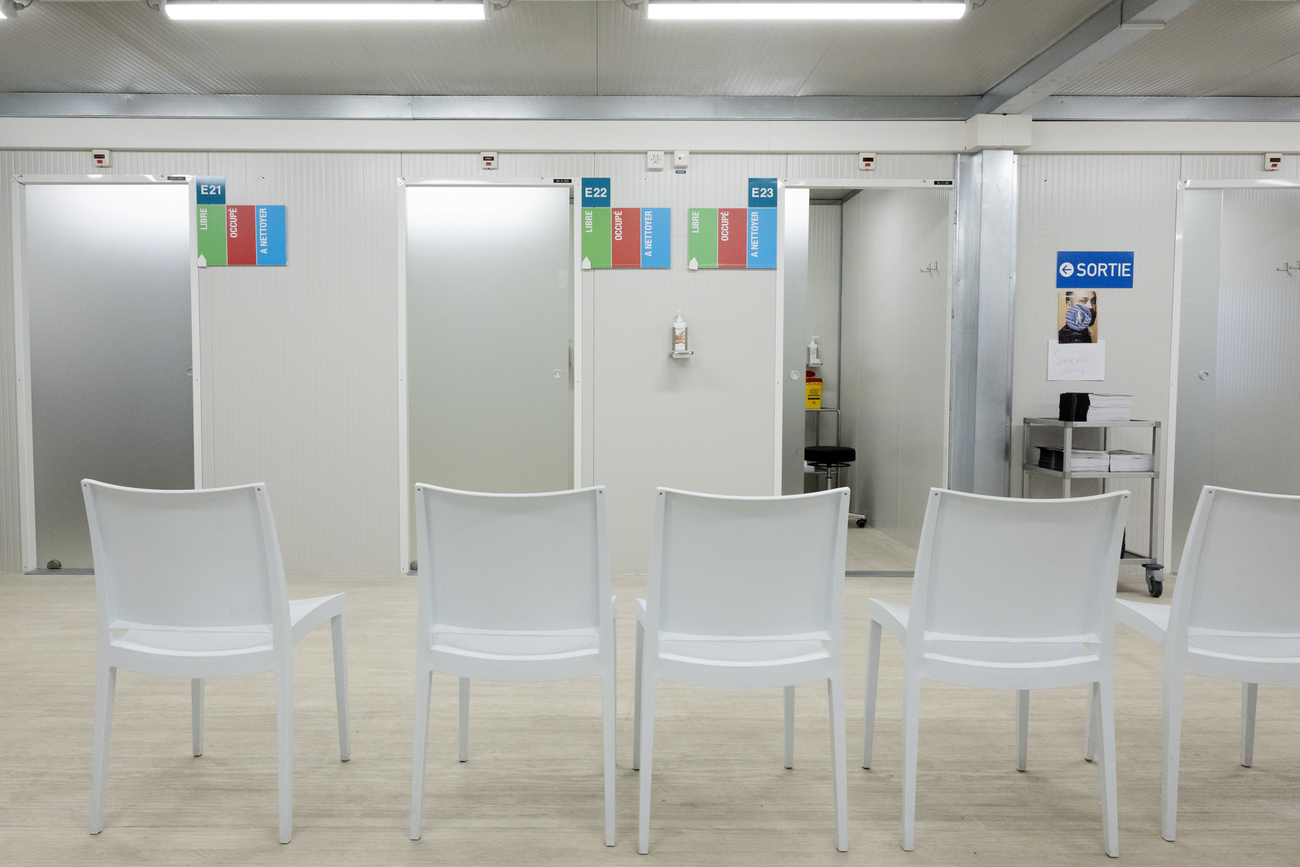



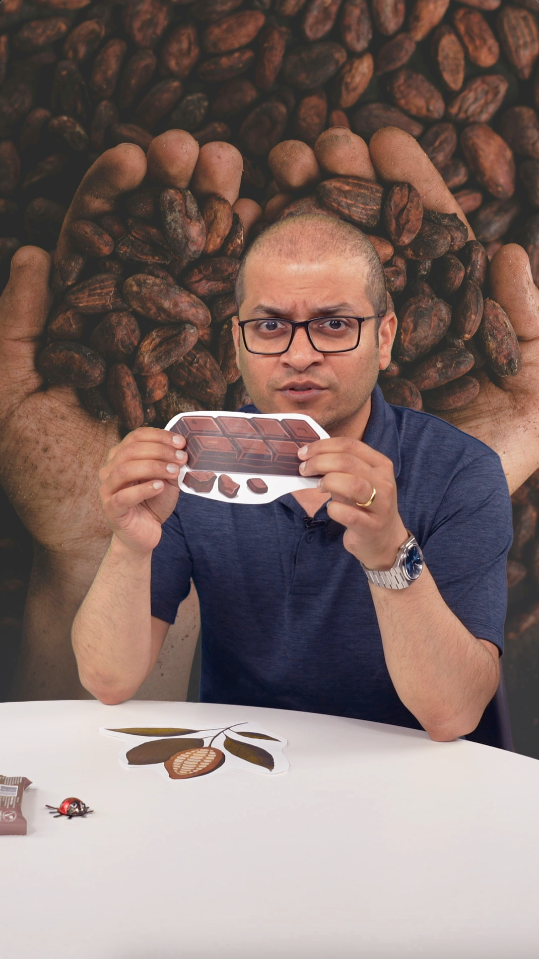








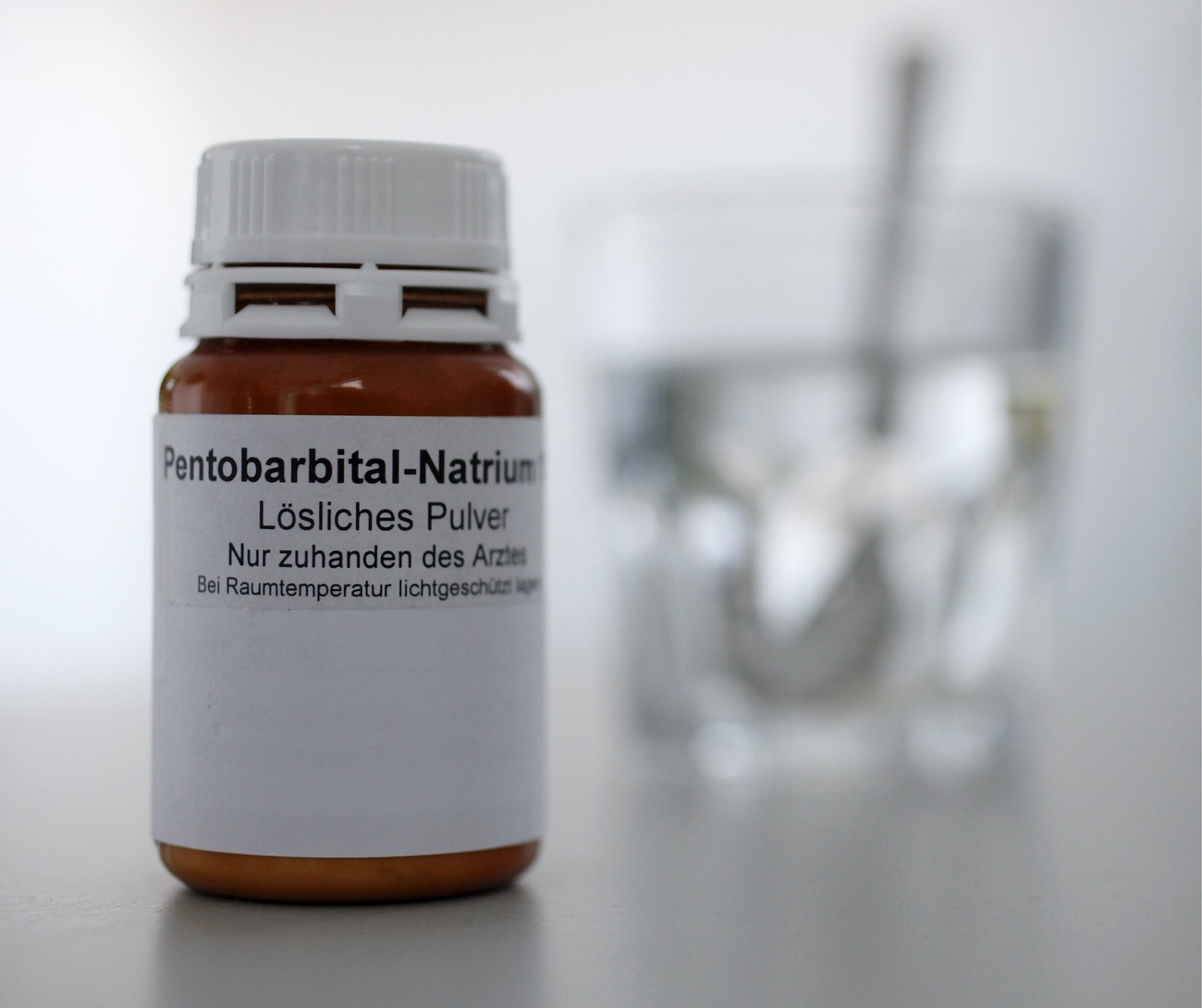
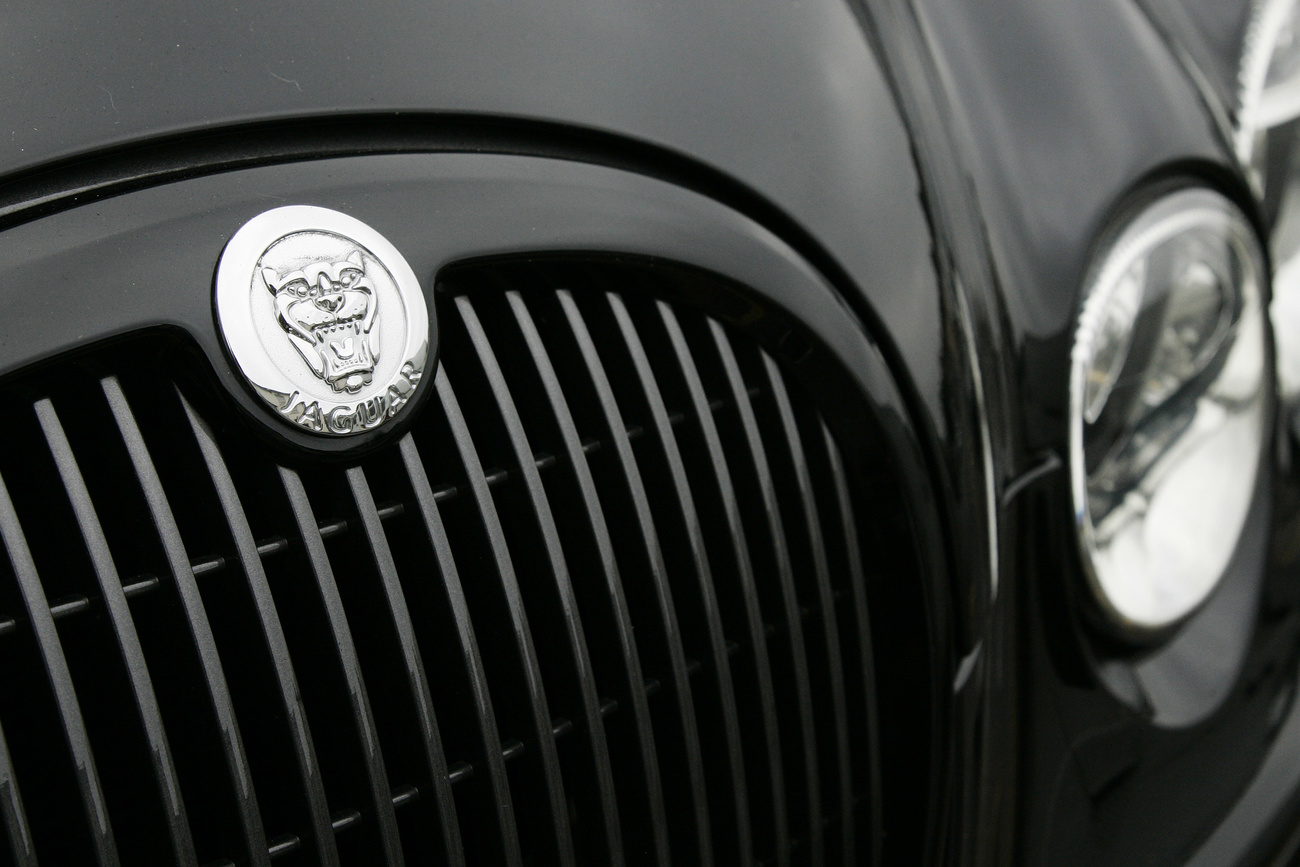
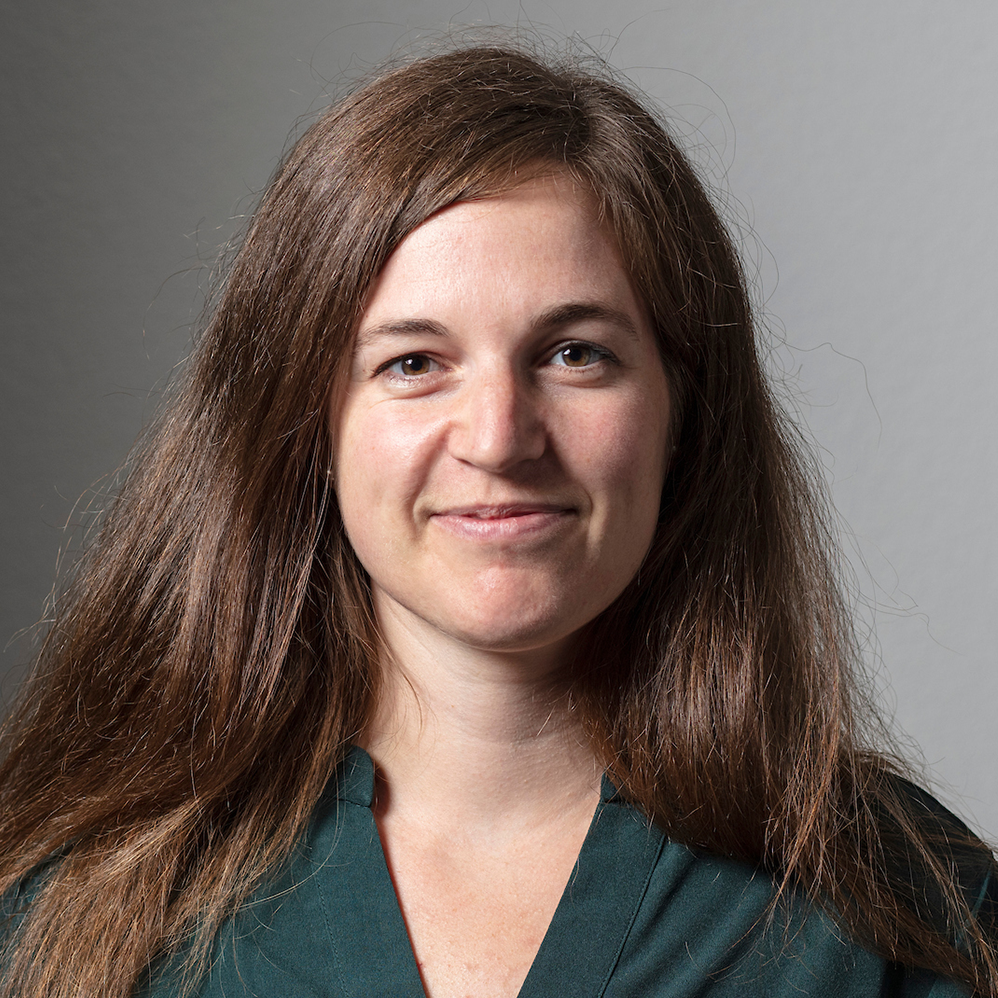


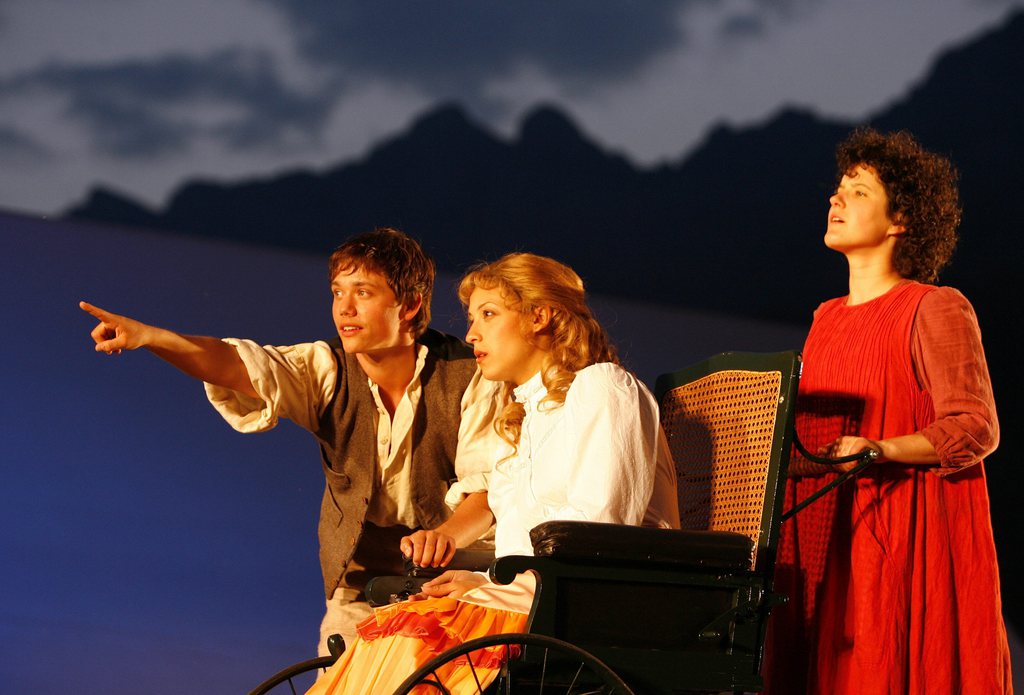

You can find an overview of ongoing debates with our journalists here . Please join us!
If you want to start a conversation about a topic raised in this article or want to report factual errors, email us at english@swissinfo.ch.